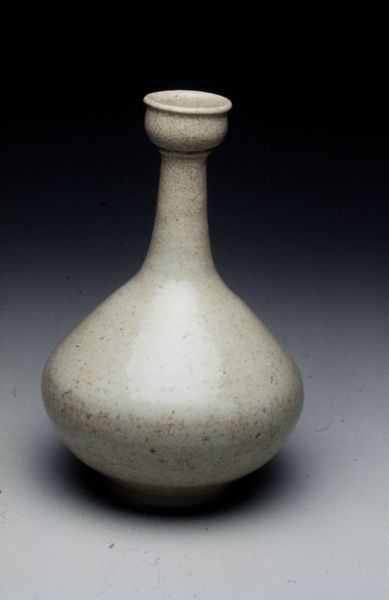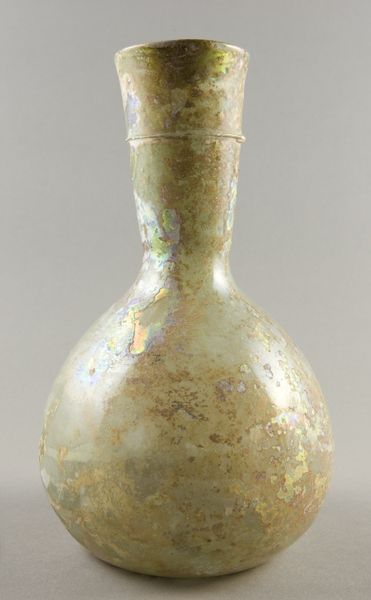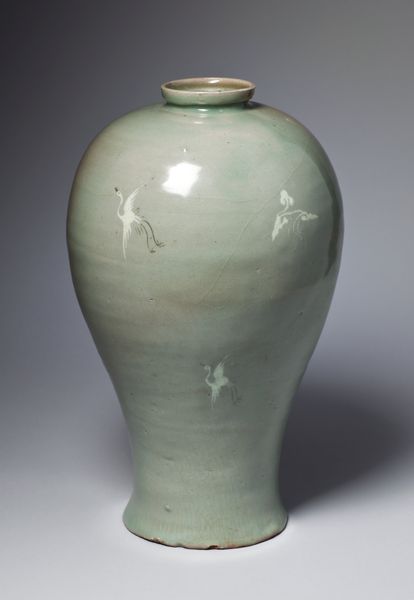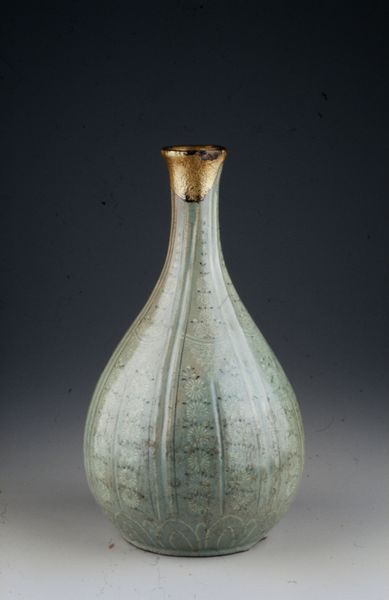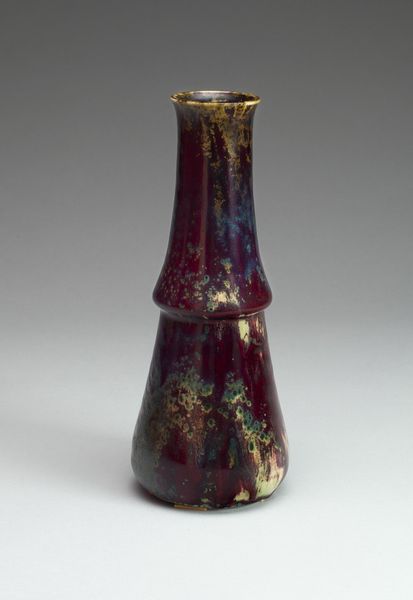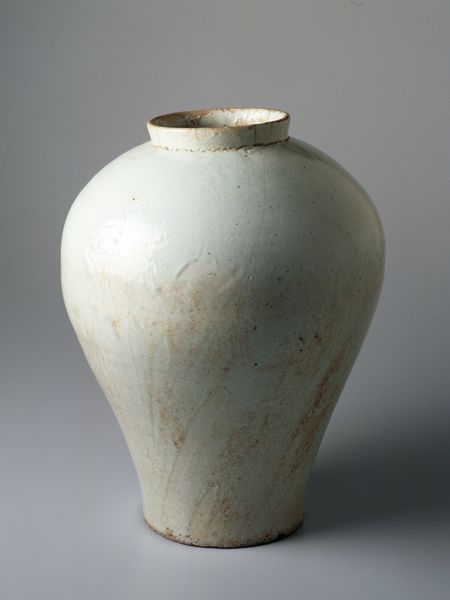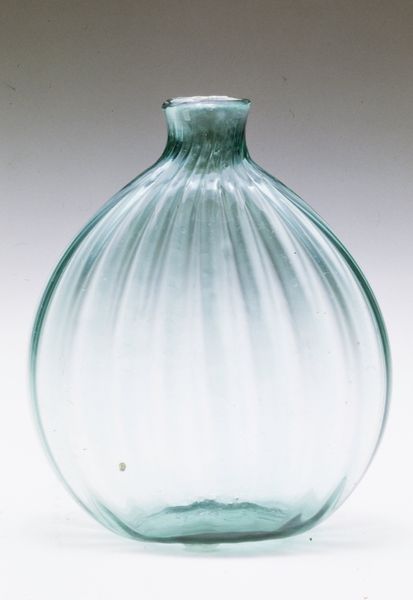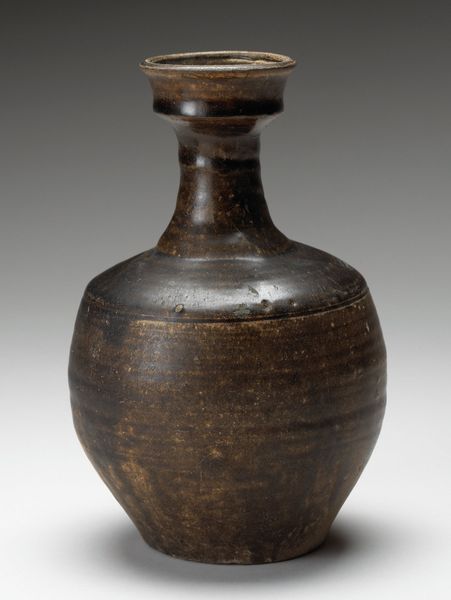
bronze, sculpture
#
vase
#
bronze
#
sculpture
#
islamic-art
Copyright: Public Domain
Editor: Here we have a bronze sculpture called "Vase," crafted around the 10th century by an anonymous artist. It gives off a certain...worn elegance, doesn’t it? Almost like a treasured artifact discovered after centuries. What’s your take? Curator: Worn elegance, I love that. Absolutely. It speaks of time, doesn’t it? Bronze, by its very nature, is a metal of transformation. The green patina isn’t decay; it’s history whispering. This vase, sitting quietly here in Minneapolis, once likely held fragrant oils or precious liquids. Do you think about what aromas it might still hold in memory? Editor: I never considered the scent! That makes it so much more vivid. What does the vase's simple design convey to you? Curator: Its simplicity is profoundly eloquent. Look at that delicate neck, flaring gently. It directs the gaze upward, heavenward, if you will. In Islamic art, there's often this sense of striving towards something beyond the everyday. It also highlights a reverence for function; every line serves a purpose. This isn’t just an object; it’s a testament to a sophisticated way of life, almost daring in its confidence. Do you see how this form differs so significantly from a more modern mass-produced item? Editor: I see now! I suppose mass-produced pieces sacrifice subtle intentionality for quick duplication. The imperfections on this vase only enhance its appeal. Curator: Precisely! Each little mark tells a story. So next time you spot some discoloration or imperfection, you might like to reconsider it as beauty and perhaps even the core part of art's existence! Editor: Absolutely, a new way to interpret the beauty of things! Thanks so much!
Comments
No comments
Be the first to comment and join the conversation on the ultimate creative platform.
